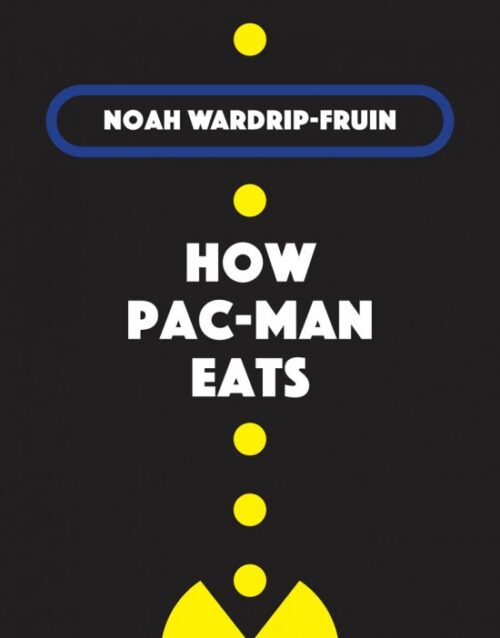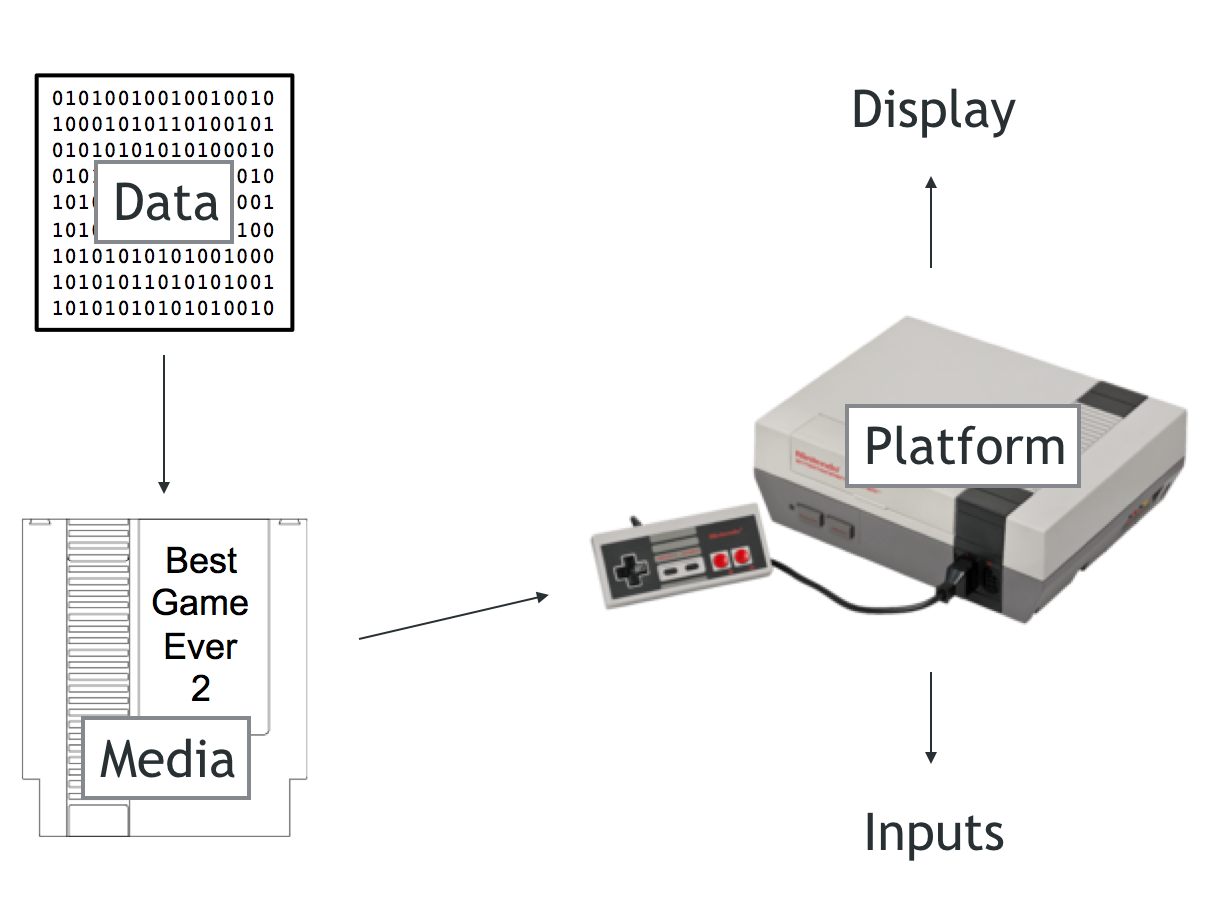The first reviews have arrived for my new book, How Pac-Man Eats! I’m honored to have people giving the book careful attention. This book is aimed at a wide range of audiences (designers, journalists, technologists, scholars, students, and people who are simply interested in games) and aims to speak to multiple disciplines. Given that, it’s important to have people review it from multiple perspectives, letting different audiences know what it might offer them. In this post I’ll take a look at the first three reviews to appear, each aimed at a different audience: communication scholars, digital media scholars and makers, and game developers.
Read MoreTags
agency ai AIIDE analog game art game Blizzard bot Broodwar call of duty 4 competition crowds data mining design education fdg final fantasy flash free realms game design game education game music gender interactive drama java mario mark henne mass effect Media Systems Meta Michael Mateas mmo mmorpg music nobuo uematsu pong procedural content generation procedural level design real-time strategy RTS starcraft ubisoft world of warcraft wow xbox 360 xbox liveRSS feeds
Archives


 Computational Media is all around us — video games, social media, interactive narrative, smartphone apps, computer-generated films, personalized health coaching, and more. To create these kinds of media, to deeply understand them, to push them forward in novel directions, requires a new kind of interdisciplinary thinker and maker. The new
Computational Media is all around us — video games, social media, interactive narrative, smartphone apps, computer-generated films, personalized health coaching, and more. To create these kinds of media, to deeply understand them, to push them forward in novel directions, requires a new kind of interdisciplinary thinker and maker. The new 
